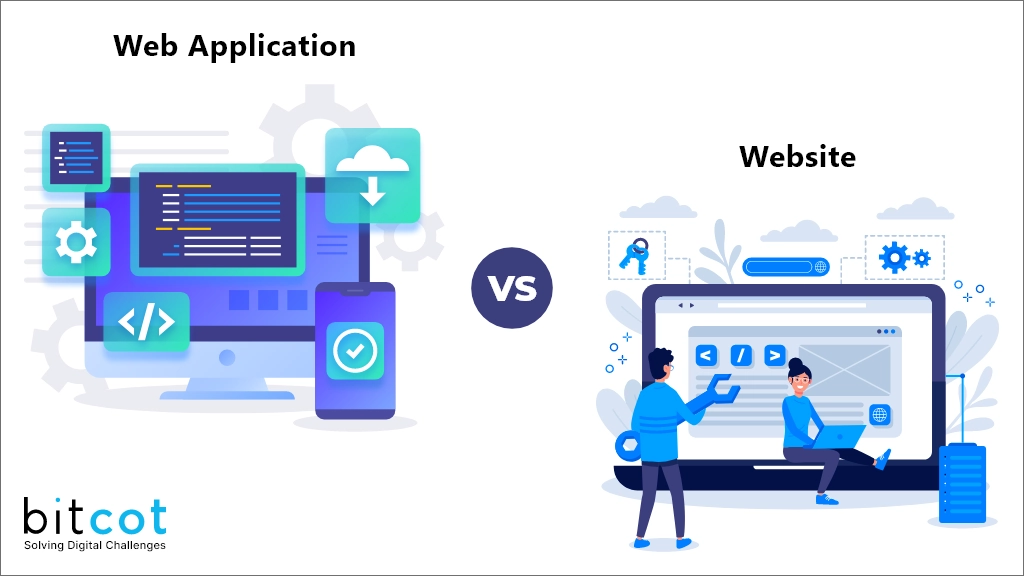
Low-code platforms have gained immense popularity over the last few years. These platforms allow users to build and deploy applications without writing complex code. This technology has revolutionized the software development industry, enabling businesses to create applications at a faster pace with fewer resources. In this article, we will take a closer look at the top 10 low-code platforms available in the market today.
Also Read : Top 8 Low Code No Code Platforms Software in 2023
What are Low-Code Platforms?
Low-code platforms are software development platforms that allow users to create applications with minimal or no coding required. These platforms use visual interfaces and drag-and-drop functionality to simplify the application development process, making it accessible to users with varying levels of coding experience.
Low-code platforms typically offer pre-built templates, components, and connectors that can be easily integrated into applications, reducing the need for extensive coding. Users can create custom workflows, user interfaces, and business logic through a visual development environment, eliminating the need for traditional coding languages.
Low-code platforms have become increasingly popular in recent years as they offer businesses a faster and more efficient way to develop applications without requiring extensive coding expertise. These platforms have been adopted by businesses across various industries, including healthcare, finance, and retail.
Benefits of Using Low-Code Platforms
Low-code platforms have many advantages over traditional software development methods. Here are some of the key benefits of using low-code platforms:
1. Faster Time-to-Market
Low-code platforms allow businesses to create applications quickly and efficiently, reducing the time to market for new products and services.
2. Cost Savings
By eliminating the need for extensive coding, businesses can save on development costs and allocate resources to other areas of the business.
3. Increased Agility
Low-code platforms enable businesses to quickly adapt to changing market conditions and customer demands, allowing them to stay ahead of the competition.
4. Improved Collaboration
Low-code platforms provide a visual interface that allows multiple team members to work together on the same project, improving collaboration and communication within the organization.
5. Improved User Experience
Low-code platforms enable businesses to create applications tailored to their users’ specific needs, resulting in a better user experience and increased customer satisfaction.
Top 10 Best Low-Code Platforms
With a solid understanding of low-code development, you may now consider investing in a low-code platform. Fortunately, numerous platforms have earned high ratings within various software development circles.
These platforms offer various features and capabilities that enable you to create customized applications quickly and efficiently without extensive coding experience. Whether you are an experienced app developer or starting, continue reading to discover some of the top low-code platforms available today.
Exploring the Best Low-Code Platforms: A Comprehensive Review:
1. Microsoft Power Apps
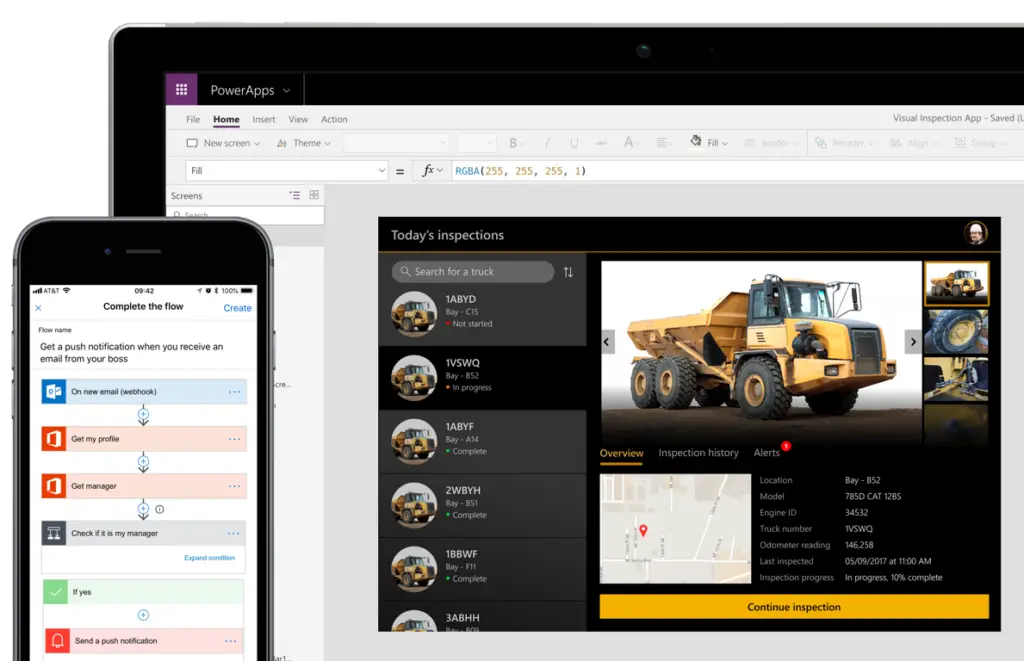
Microsoft Power Apps is a cloud-based low-code platform that enables users to build custom business applications. It provides a visual drag-and-drop interface that allows users to create applications without writing code. Microsoft Power Apps also integrates with other Microsoft products such as Power BI and Dynamics 365, making it easier to create comprehensive applications.
2. Salesforce Lightning Platform
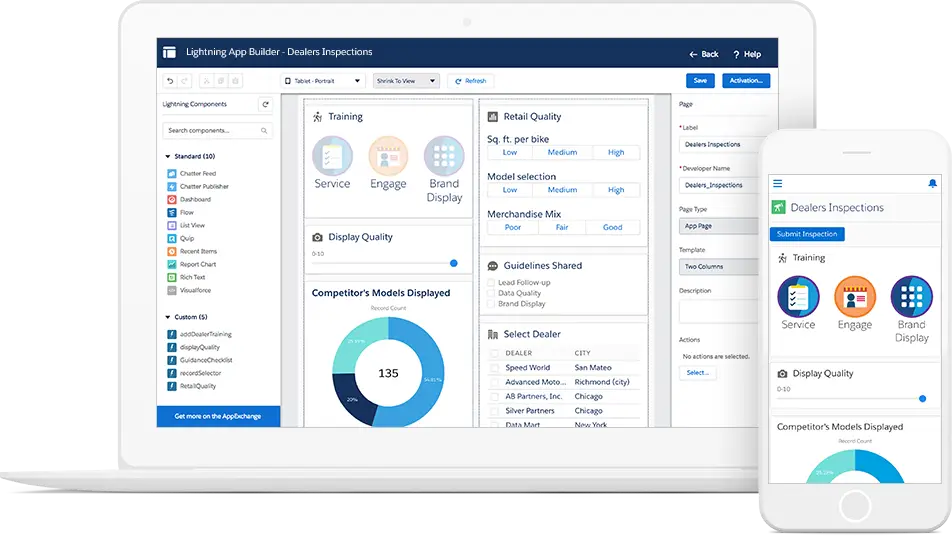
Salesforce Lightning Platform is a low-code platform that allows users to create custom applications using a visual interface. It provides a range of tools and services that allow users to build applications quickly and easily. Salesforce Lightning Platform also integrates with other Salesforce products such as Sales Cloud and Service Cloud, making it an ideal platform for businesses already using Salesforce.
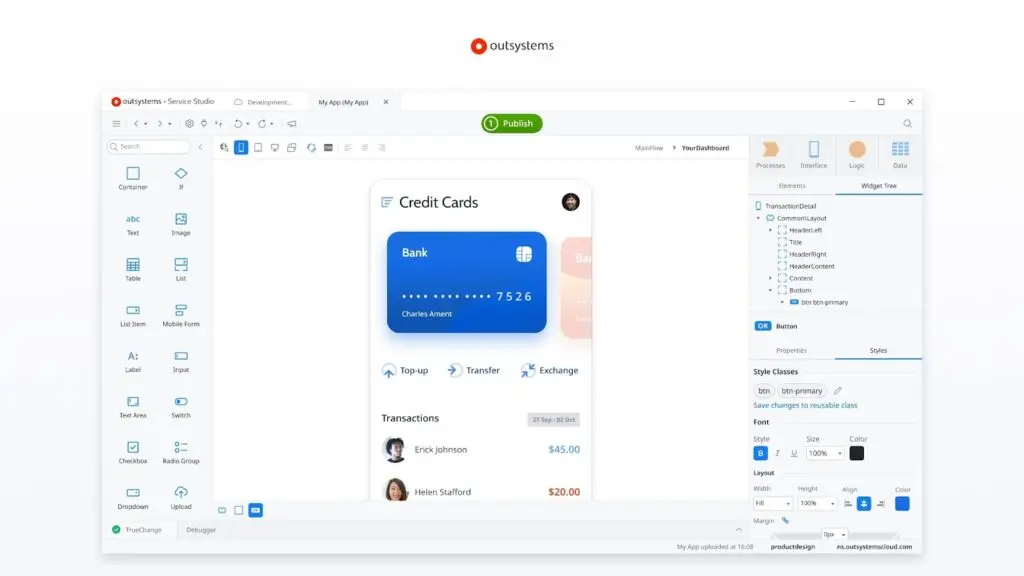
OutSystems is a low-code platform that allows users to build and deploy applications quickly. It provides a visual development environment that allows users to create applications without writing code. OutSystems also includes a range of tools for testing and deploying applications, making it a comprehensive solution for businesses looking to build custom applications.
4. Appian
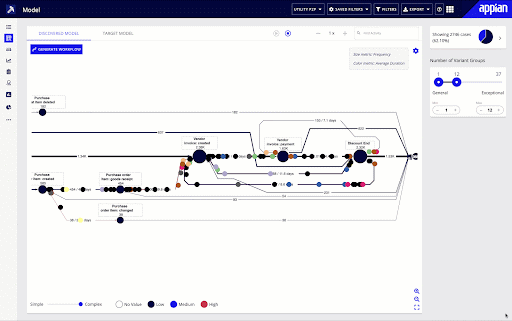
Appian is a low-code platform that allows users to create custom applications quickly and easily. It provides a drag-and-drop interface that allows users to create applications without writing code. Appian also includes a range of tools for testing and deploying applications, making it an ideal platform for businesses looking to build custom applications.
5. Mendix
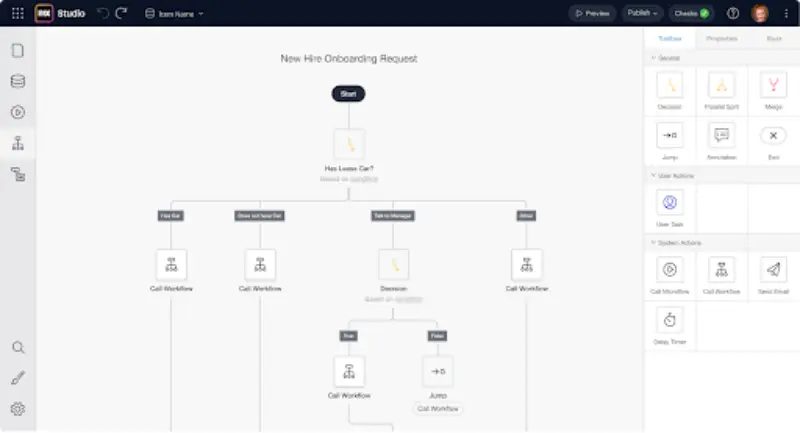
Mendix is a low-code platform that allows users to build and deploy applications quickly. It provides a visual development environment that allows users to create applications without writing code. Mendix also includes a range of tools for testing and deploying applications, making it a comprehensive solution for businesses looking to build custom applications.
6. Google App Maker
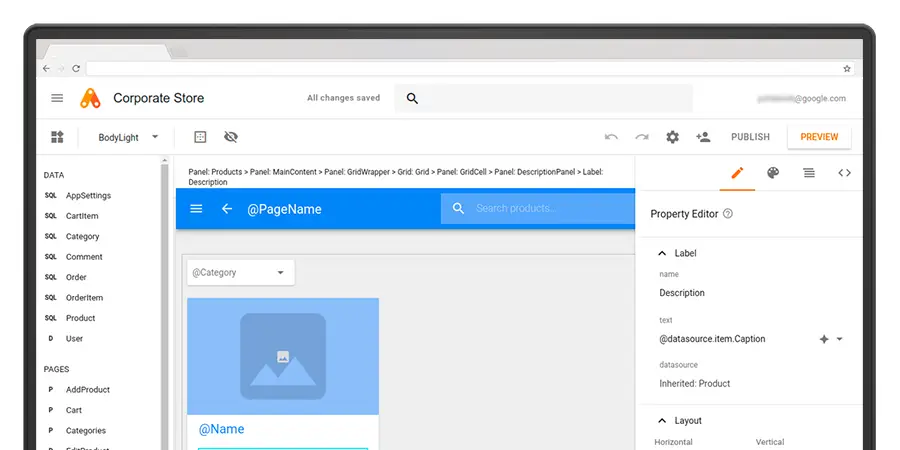
Google App Maker is a low-code platform that allows users to create custom applications using a visual interface. It provides a range of templates and tools that allow users to build applications quickly and easily. Google App Maker also integrates with other Google products such as G Suite, making it an ideal platform for businesses already using Google products.
7. Betty Blocks
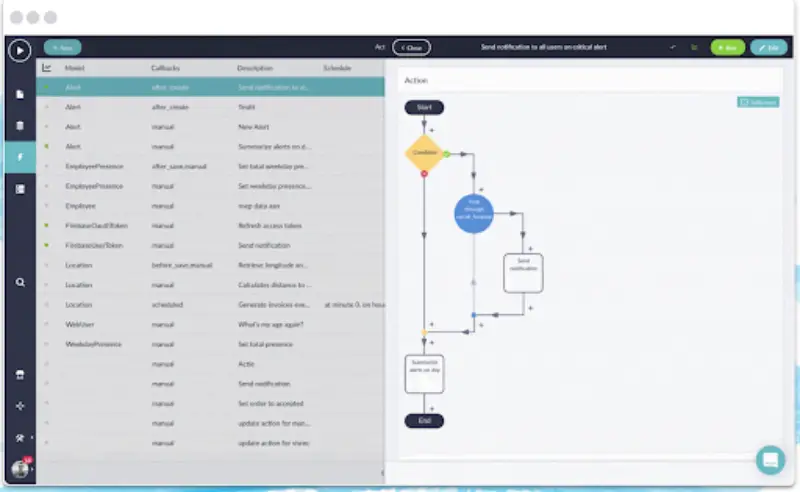
Betty Blocks is a low-code platform that allows users to build custom applications without writing code. It provides a visual development environment that allows users to create applications quickly and easily. Betty Blocks also includes a range of tools for testing and deploying applications, making it a comprehensive solution for businesses looking to build custom applications.
8. Zoho Creator
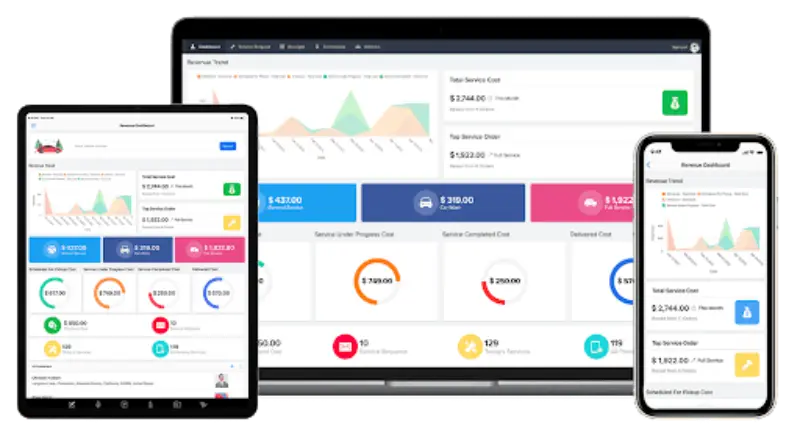
Zoho Creator is a low-code platform that allows users to build custom applications without writing code. It provides a drag-and-drop interface that allows users to create applications quickly and easily. Zoho Creator also includes a range of tools for testing and deploying applications, making it a comprehensive solution for businesses looking to build custom applications.
9. Quick Base
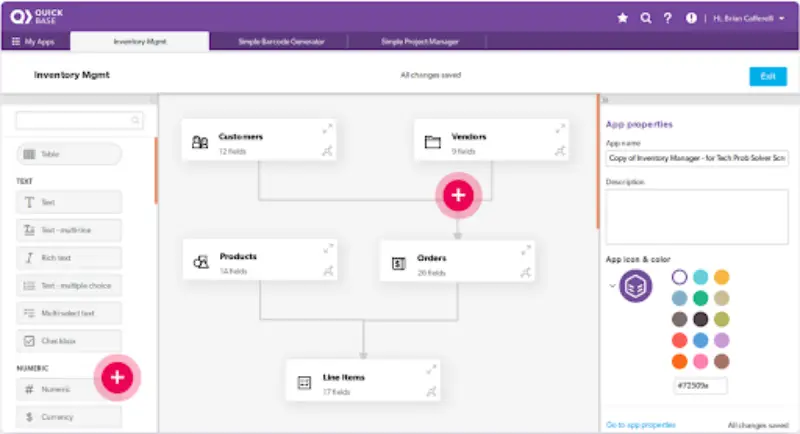
Quick Base is a low-code platform that allows users to create custom applications quickly and easily. It provides a drag-and-drop interface that allows users to create applications without writing code. Quick Base also includes a range of tools for testing and deploying applications, making it an ideal platform for businesses looking to build custom applications.
10. Kintone
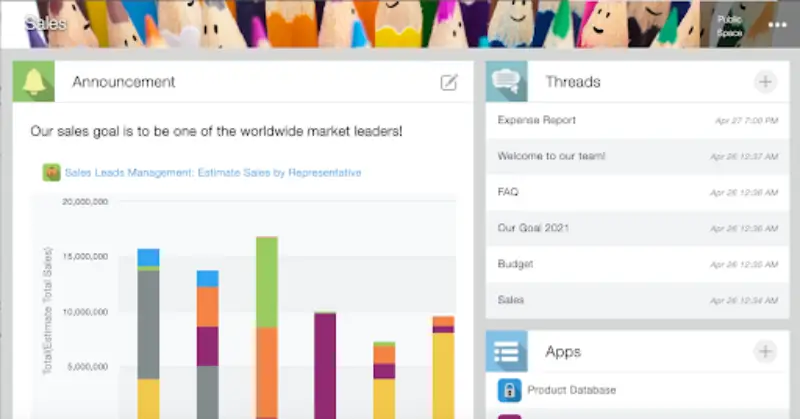
Kintone is a low-code platform that allows users to build custom applications using a visual interface. It provides a range of templates and tools that allow users to build applications quickly and easily. Kintone also includes a comprehensive range of tools for testing and deploying applications, making it an ideal platform for businesses looking to build custom applications.
Factors to Consider When Choosing a Low-Code Platform
When choosing a low-code platform, it’s important to consider the following factors:
1. Ease of Use
The platform should have a user-friendly interface allowing users to create applications quickly and easily without extensive programming knowledge.
2. Integrations
The platform should integrate with other systems and tools used by the business to create comprehensive applications that are streamlined with existing workflows.
3. Scalability
The platform should be able to handle the business’s growth and scale accordingly, allowing the business to continue creating applications without limitations.
4. Security
The platform should provide adequate security measures to protect the business’s data and applications from cyber threats.
5. Support
The platform should offer reliable and comprehensive customer support to ensure smooth operations and quick resolutions to any issues that may arise.
Conclusion
Low-code platforms have revolutionized the software development industry, enabling businesses to create applications quickly and efficiently without extensive programming knowledge. The top 10 low-code platforms listed in this article provide businesses with a comprehensive range of tools and services to create custom applications that meet their unique needs. When choosing a low-code platform, it’s important to consider factors such as ease of use, integrations, scalability, security, and support. By using low-code platforms, businesses can achieve faster time-to-market, cost savings, increased agility, improved collaboration, and improved user experience.


